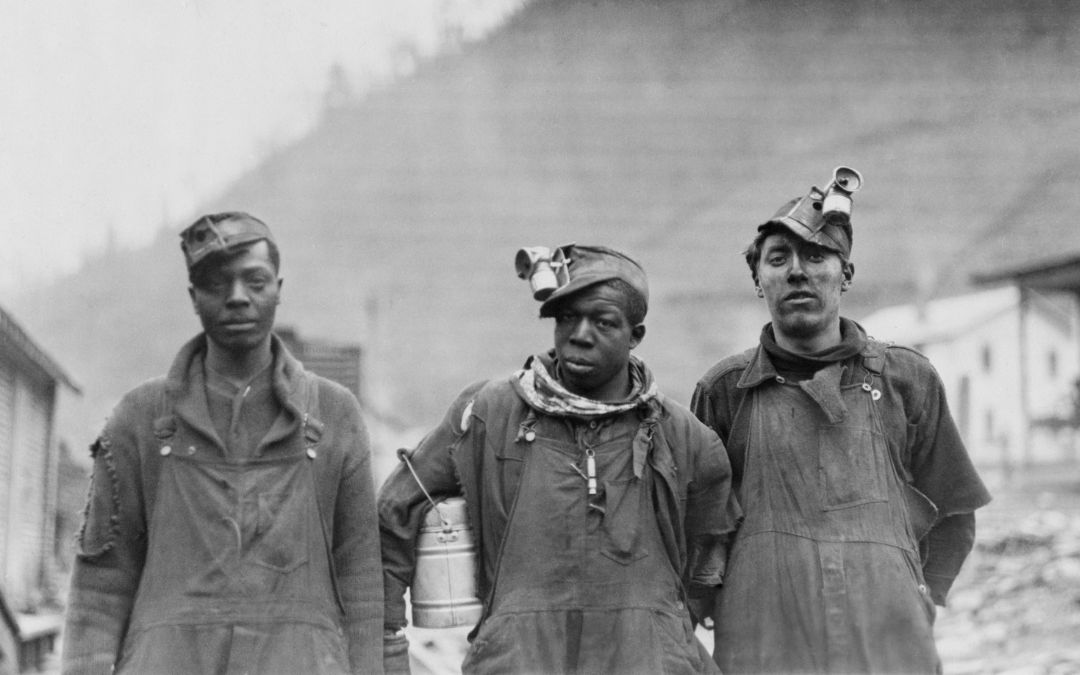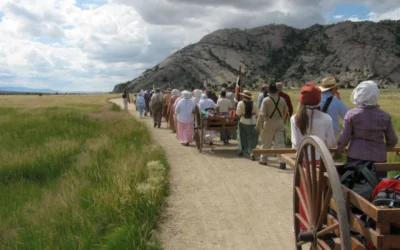A Picture is Worth a Thousand Words to a Family Researcher
The relationship of photography to genealogy is as important as the date, name, and place that you are in search of in completing your family group sheets. As you are questioning relatives in your quest to complete family research information, it is only a matter of asking if they might know where there is a photograph of any type available of the person being researched.
Brief History of Photography
The photograph this person might find for you could be a daguerreotype, which was first made in 1839 by L. J. M. Daguerre. At first glance, the daguerreotype looks like a mirror, but by placing it in your hand and reflecting against a dark cloth you will find the image appears in exacting detail.
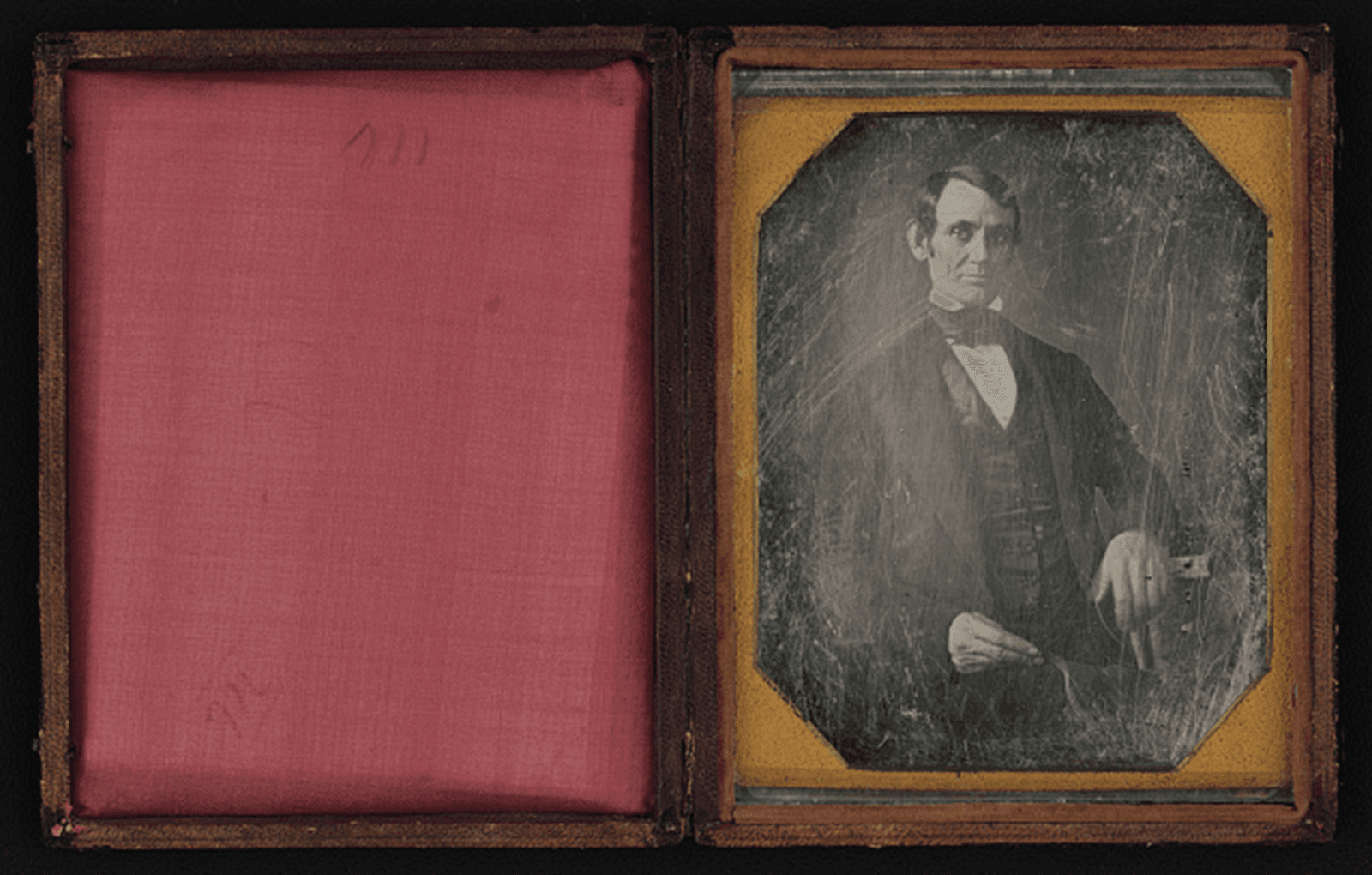
Kentuckian Abe Lincoln was a congressional representative-elect when this photo was taken circa 1847. [Public Domain, Library of Congress]
In 1852, a new process was found, which was called the ambrotype. This was an image recorded on glass that appears as a negative, but when anything black is placed behind it, it then becomes positive.
In the research, we have found many people have several representations of tintype, also called ferrotype, which was a positive process actually made on a piece of tin that had emulsion applied to it.
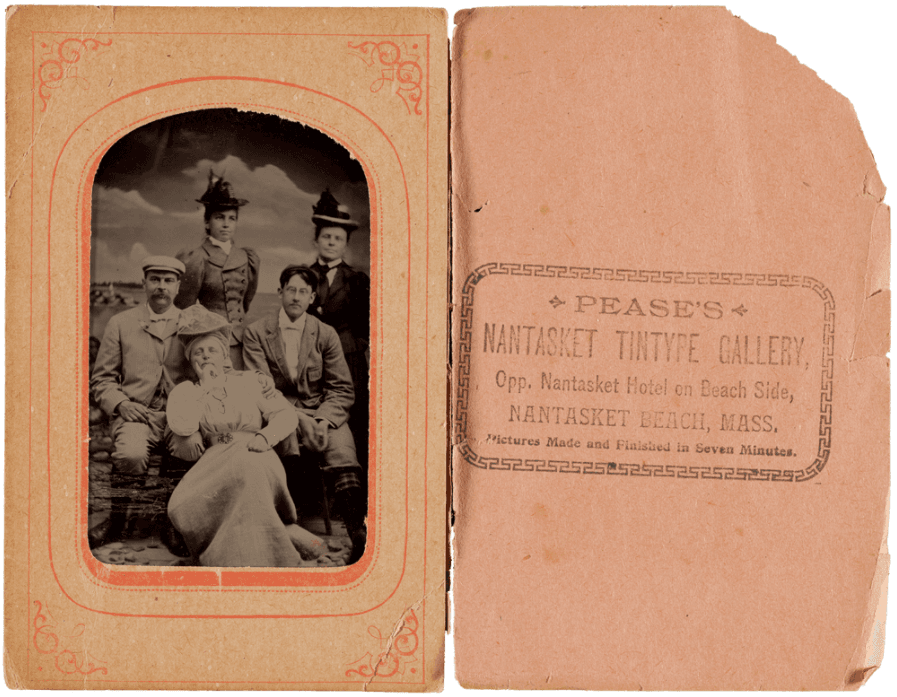
Tintype portrait in a paper mat, taken at Pease’s Nantasket Tintype Gallery, circa 1900 (Public Domain, Wikipedia)
They started this process in 1856 but reached the most productive period during and following the Civil War with millions of men departing from their families for the war. They wanted to take their loved ones with them, and the patriots wanted to send home their likeness in the uniform.
Cases for Images
The cases that house the images are called Gutta Percha, which is a hard plastic. Others are of pressed wood with a leather-like cover, and occasionally, you will find some to be genuine leather. Several cases are of Mother-of-Pearl finish, but these are not as common as the simulated type of leather.
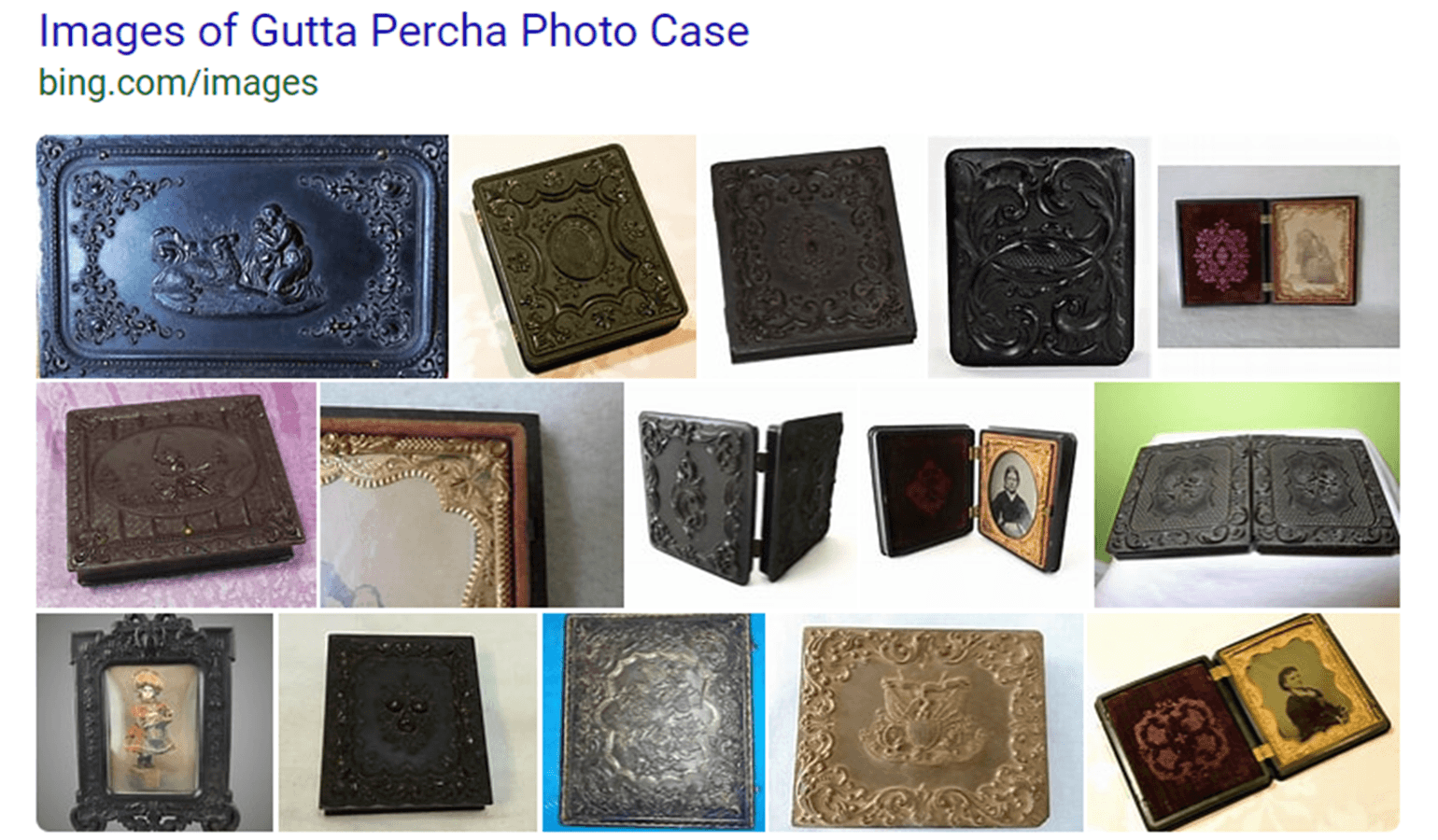
Examples of Gutta Percha cases from Bing.com Images
A manner in which you might find the image being stored would be in photographic jewelry, such as brooch pins, lockets, and rings.
Some photographic jewelry was known as hair jewelry, on which the front side was the image and on the reverse side were the locks of the person’s hair. A number of pieces have been found where an actual bracelet was made of human hair and worn by the loved one, in a display of their allegiance to the person who had gone to fight in the war.
Early Kentucky Photographer
For those doing research in the Frankfort area, the earliest known image-maker, according to an 1854 newspaper advertisement, was Hugh L. Goodwin, who came from Kaintuck, Virginia, and lived on Third Street in Frankfort. The article did not identify the exact location of his Daguerrean Gallery.

Editor’s Note: We found this notice in the Daily Commonwealth (Frankfort, KY) from the US Archives.
I have a sample of his craftsmanship in recording the images of John and Willie Herndon, who were the sons of the first judge of Franklin County.
Caring for Antique Photos
We suggest that in no way do you, as a genealogist endeavor to apply any type of cleaner or solvent to make these images brighter. It can only result, most times, in the emulsion’s disappearance and image of an ancestor that you have no way of replacing.
Under extreme control, copies may be made of the daguerreotype, giving much more exacting detail than can be seen with the naked eye in visually viewing the silver image in the case.
Tip! Do not display daguerreotypes to continuous sunlight. The light might have damaging effects on the image.
For the images that are in a case, take extra care. If it is necessary to disassemble the case containing the image of an ancestor, entrust it to someone who has had experience in this field.

